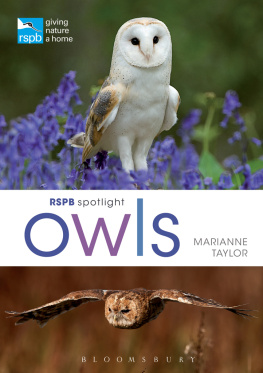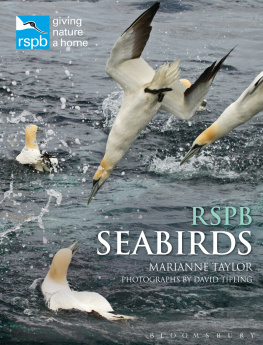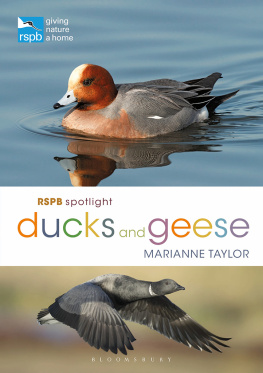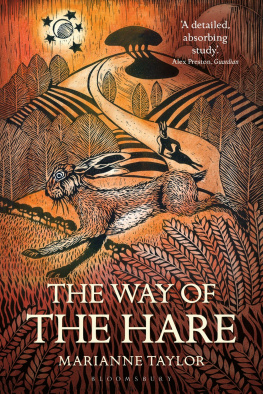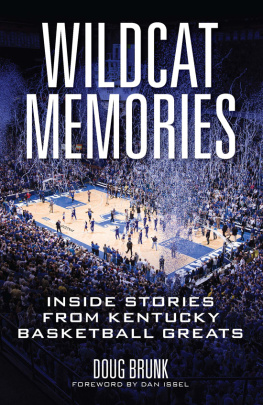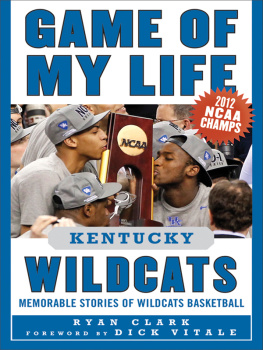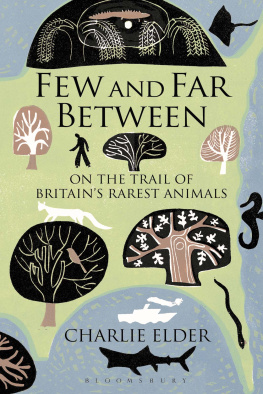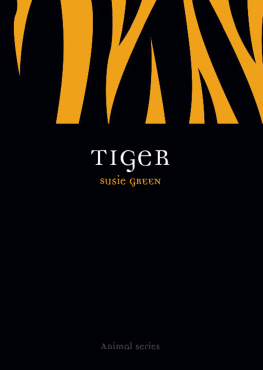

Contents
I owe many people a debt of gratitude for the help they have provided over the time Ive spent working on this book.
Thank you to Jim Martin for commissioning this project and Julie Bailey for seeing it through the later stages and to both of you for your immense patience with me through the hold-ups and tricky moments. Im grateful to Charlotte Atyeo for copy-editing my text so well, and to Liz Drewitt for proofreading. The cover artwork is the work of Ian MacCulloch I fell in love with his style after he created the artwork for my previous book, The Way of the Hare , and I am so pleased that he agreed to work with us again (and that he listened patiently to my rather quirky ideas about how Id like it to look).
I talked to a number of wildcat experts in the process of researching this book and read the words of many more. I am very thankful to each of them for all they have done and continue to do to further Scottish wildcat knowledge and conservation. In terms of the written word, the beautiful book The Scottish Wildcat by Christopher Clegg and the extensive and detailed websites of Scottish Wildcat Action (www.scottishwildcataction.org) and Wildcat Haven (www.wildcathaven.com) have been particularly helpful resources. Id urge everyone reading this to check them out.
Thanks to everyone who provided accommodation and invaluable local tips for me during my stays in Scotland Polly and Ross Cameron at Dell Cottages in Nethy Bridge, Heatherlea at the Mountview Hotel also in Nethy Bridge, Kilchoan campsite in Ardnamurchan, and Donald and Libby at Hearthside and the Grant Arms Hotel in Grantown-on-Spey. Thanks to my fellow authors for making my last trip to Speyside so enjoyable, and also to my guides and fellow guests on the Heatherlea Outer Limits tour.
My friends have, as ever, offered support and tea and words of wisdom through the writing process and I am so grateful to you all. Some of you even came with me on a search or two or a visit to meet captive wildcats, while others made me jealous with your stories of seeing real wildcats for yourselves.
Thank you to Marion of RAIN and Kate of Streetkatz for helping me to get involved with feral cat rescue and to learn so much about the issues that surround it. And thanks to the cats themselves who have unfailingly entertained and enchanted me over the years. A special thanks to my most beloved formerly feral and still somewhat wild cat, whos learned to love me nearly as much as I love her and who has kept me company over this last year Sookie, the original gatita fiera .

The veterinary nurse took the empty cat carrier from me and, I think, darted me a quick look of sympathy as she turned away. I chose a chair in the hallway and watched her disappearing into a side room.
I began to read the notices on the walls, about neutering and fly-strike and lungworm, but didnt get very far as the nurse was back a moment later. She handed me the carrier it felt barely heavier than before, and there was no shifting of weight as I balanced it in my arms, nothing to give any sense of a living thing inside. Good luck, the nurse said. Shes OK if you can get hold of her she doesnt bite. Shes just very scared.
As I headed down the short hill to my home I spoke into the cat carrier, through the narrow vents in its plastic walls. I described the parked cars and garden flowers as we passed them. I said it would all be OK, in my softest tones. The almost-weightless animal in the carrier didnt move. I imagined her frozen in fear, cowering under the blanket Id put in there to soothe her.
Back home, I set the carrier on the floor, took off its top and sat down on the sofa. All that I could see was a rumpled pile of blanket. I carried on talking, and a few minutes later the striped folds of fabric shifted and the kitten poked her head out, turning to meet my gaze. Her face was a flower, her stare wide, intense, horrified. My words dried up; I was transfixed and appalled. A lifetime of having pet cats hadnt prepared me for this. The air seemed charged with the force of her distress a wild thing, panicking in a trap. Then she hopped out of the carrier and made for a cracked-open cupboard. Her little banded tail whisked out of sight around the cupboard door.
I didnt see the kitten again for about three days. At night she left her hiding place to eat and use her litter tray. By day she waited, still and silent, out of view, and I would sit and talk quietly and endlessly to what may as well have been an empty room. The notion of getting hold of her, as the vet nurse had suggested, was laughable. I doubted I would ever even touch her.
Slowly very, very slowly I began to see her. At first unexpectedly, a little dusky shape darting behind a bookcase or under a bed when I entered a room. Then, after half an hour of flicking a knotted bit of string across the floor close to where she was hidden, a paw reaching out to hesitantly pat at the ground. It was weeks, though, before she became brave enough to let me see her clearly. She was a stocky little animal, round-faced. Her fur was grey-brown, marked boldly with black swirls. It occurred to me that, had her pattern been of mackerel-stripes, she would have been the image of a true wildcat. As it was, I took to calling her my little wildcat my gatita fiera though her real name was Sookie. She would never be like any other pet cat Id known.
The domestic cat descends from the African wildcat, Felis lybica . Its very close cousin is the European wildcat, Felis silvestris cat of the woods. Just as we domesticated wild wolves and from them used selective breeding to produce the fabulous array of domestic dog breeds that exists today, so we gradually turned wildcats into tame cats.
But it doesnt take much to turn the process backwards, and a tame cats kitten can very easily become a wild cat or at least a feral cat, fearful of humans and only suited to a life of wildness and self-sufficiency. Born in the wild to a stray, and untouched by any human hand until she was trapped by a cat-rescue charity at five weeks old, my kitten had already missed the start of her crucial socialisation window, within which she would, if handled regularly, have become unafraid of people. Maybe it wasnt quite too late, but for the next seven weeks she cowered in a cattery pen because no one had time to try to tame her. Then she came to me, three months old, at the end of her socialisation window and no closer to tolerating human contact. A project to tackle. Could I de-wild this feral kitten at all?
The weeks passed with slow progress. The biggest leap forward came when she had been with me a month, and the rescue charity brought me a second kitten, a confident and fully socialised male a couple of weeks her junior. He ignored her panicked hisses and befriended her through sheer force of will. She watched his confidence with me, and her own grew, slowly and in fits and starts, but it was not too long before she began to permit very slow, careful strokes on the head.
The two kittens were adopted permanently by friends of mine they saw Sookies sweetness under the shyness. She lived with them happily for seven years. As her fear receded further, her good-natured character came to the fore. When my friends went away for a year of adventurous travelling, they asked me to take care of her again.

